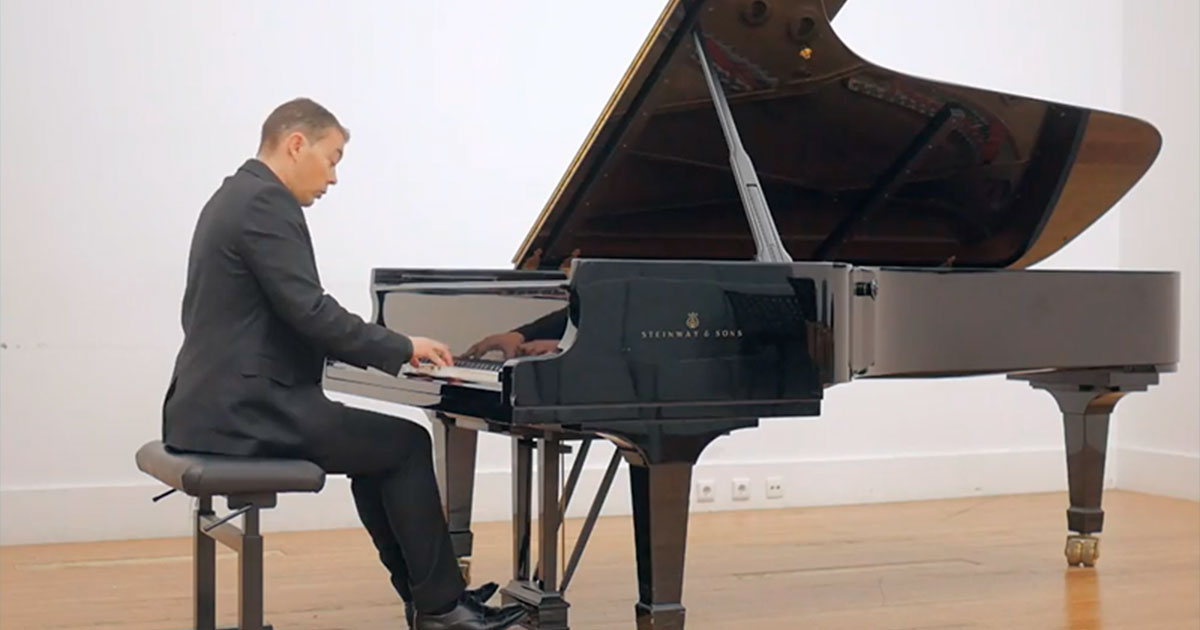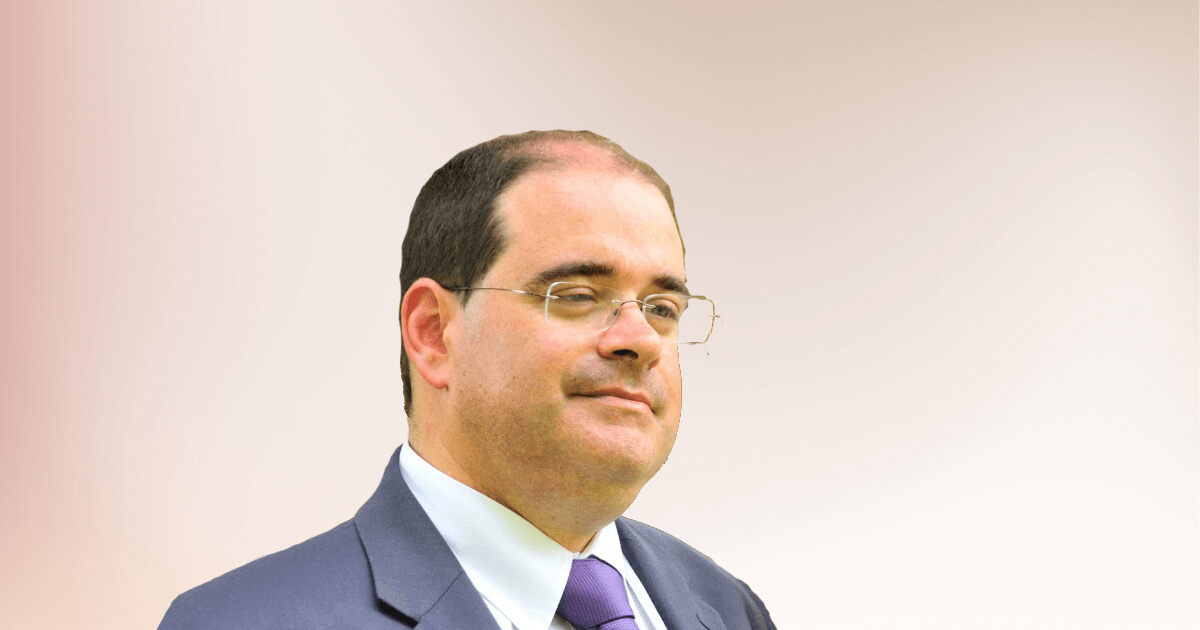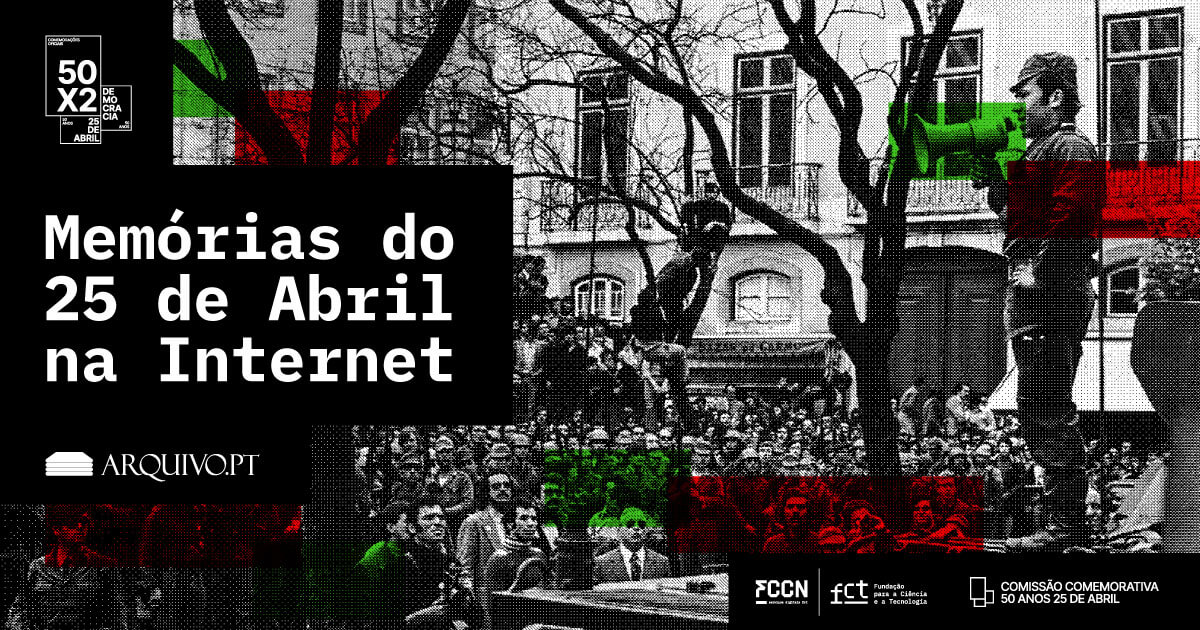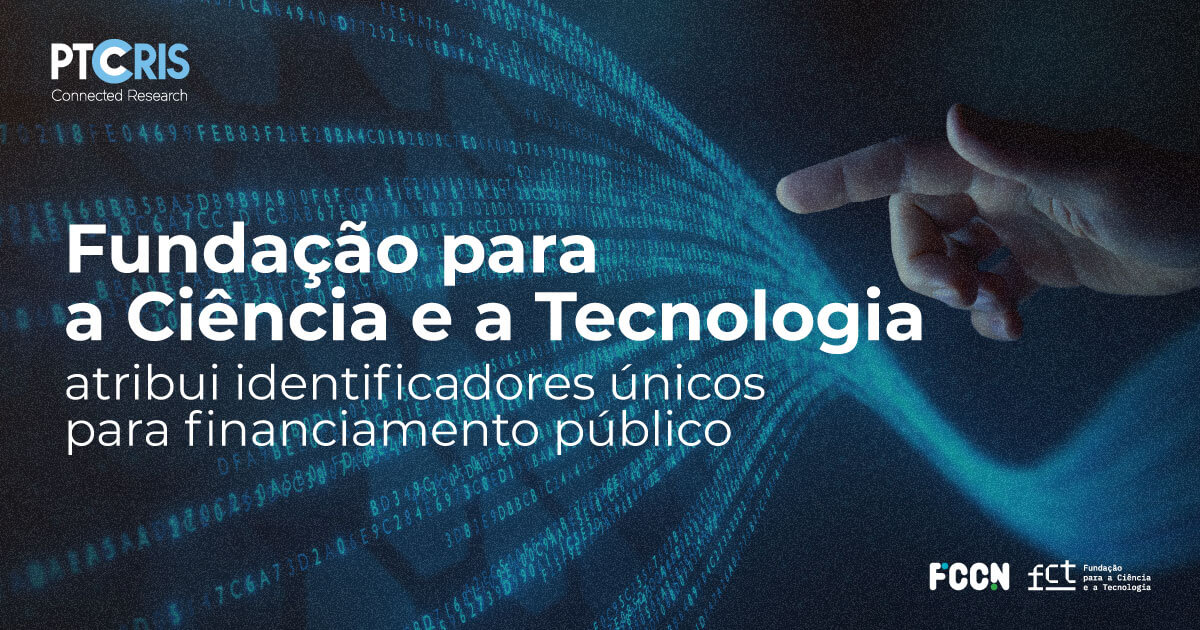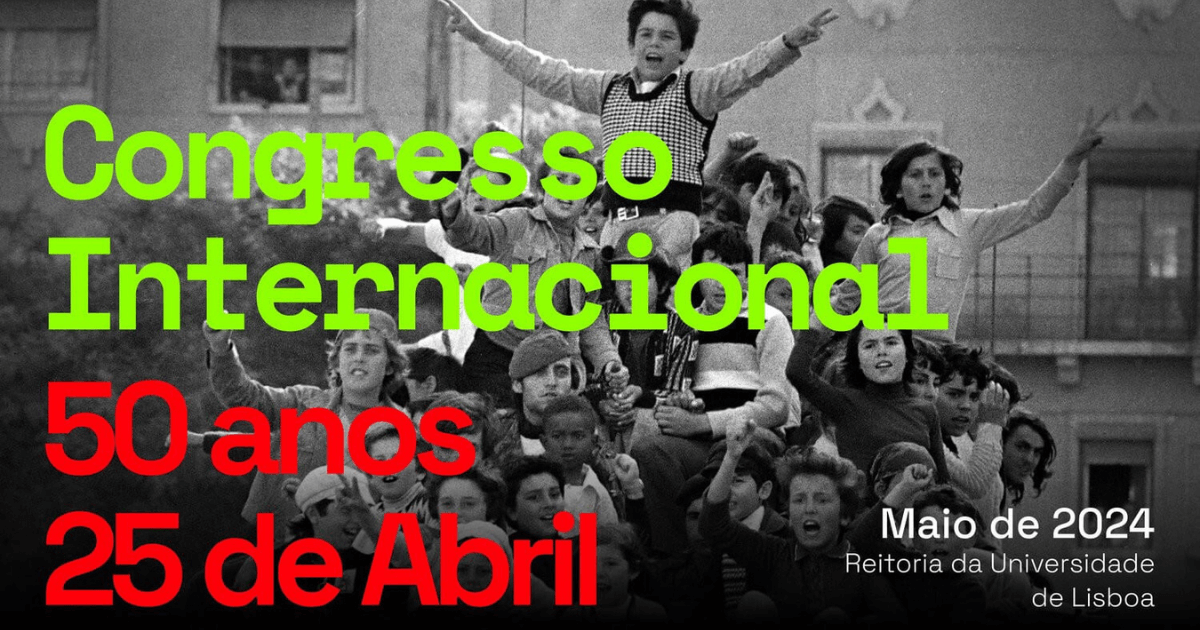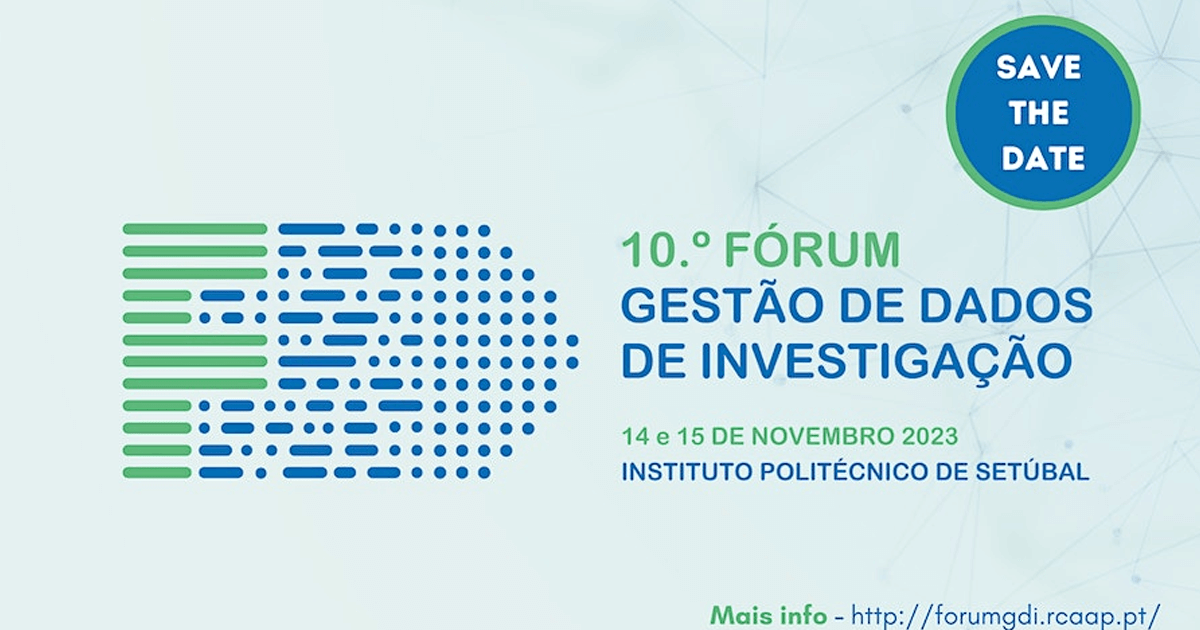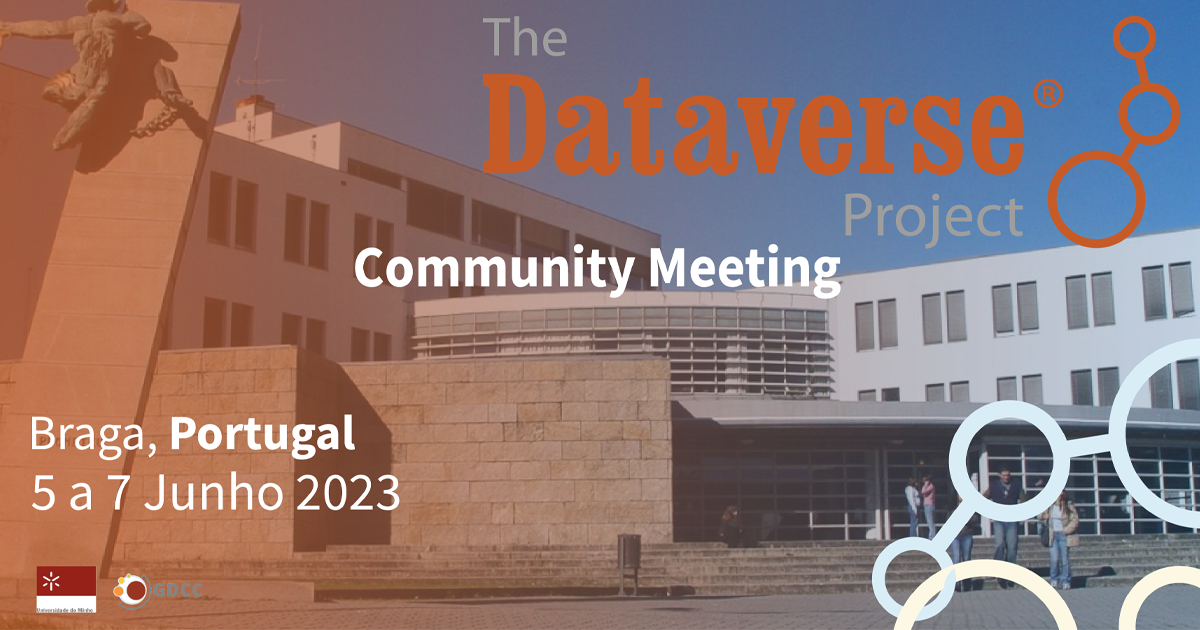Através de dois projetos, a Escola Superior de Música do Politécnico de Lisboa (ESML) dá a conhecer as composições e performances dos seus alunos. Um dos docentes responsável, Carlos Caires, explica os contornos destas duas iniciativas, detalhando o papel do serviço da unidade FCCN da Fundação para a Ciência e a Tecnologia, o Educast.
“Neste caso, a união faz a força”, realça, a certa altura, o docente da ESML, Carlos Caires. A frase surge como forma de explicar a mais-valia dos dois projetos construídos pela escola para partilha online do trabalho dos seus estudantes – as plataformas Portfólios e Performance e Contexto. “Os trabalhos dos estudantes ganham pelo contexto que estão inseridos, mais do que quando estão espalhados em várias redes sociais”, explica.
Tal como o nome indica, o projeto Portfólio funciona como um repositório online de composições originais feitas recentemente pelos estudantes de licenciatura e mestrado em Composição. Cada obra inclui um vídeo (ou áudio), disponibilizado através do Educast, a que se juntam notas biográficas sobre os compositores, bem como outras informações de contexto. Carlos Caires destaca ainda o facto da partitura “abrir por cima do áudio ou vídeo”, permitindo “um olhar mais aprofundado sobre a obra”.
Legenda: Javier Plaza Peréz analisa a “coerência estrutural e abordagem poética” de Kinderszenen (opus 15), de Robert Schumann
A plataforma é vista como uma ferramenta interna e uma forma de aumentar a notoriedade do trabalho dos estudantes, contando com milhares de visitas mensais. Mas o projeto Portfólio cumpre ainda uma outra missão de valor acrescentado, destaca Carlos Caires, ao ser exclusivamente dedicada e orientada para a composição. Desta forma, oferece playlists organizadas com um único critério: o trabalho realizado pelos estudantes.
“Existem outras formas de os estudantes divulgarem o seu trabalho, muitos deles têm uma presença forte nas redes sociais”, recorda Carlos Caires, que ressalva: “Mas é importante existir uma plataforma como esta, que atrairá público mais especializado, como programadores, outros estudantes ou até intérpretes que procurem obras para executar”.
Interpretar a Performance
“Performance e Contexto” – o outro projeto da ESML que recorre ao Educast – tem por base as mesmas ideias, com uma alteração: o foco passa da composição para o performer, sendo um espaço de interpretação da sua prática. “O ponto de partida é a performance”, explica Carlos Caires, destacando que “por essa razão, o registo vídeo e áudio ganha uma dimensão e relevância diferentes”.
Através dos conteúdos partilhados nesta plataforma, é possível ver o performer não apenas como um executante. Aqui, explica o docente, o performer é entendido “como alguém que reflete sobre a sua prática e que a partilha”.
Por essa razão, existe uma ligação mais forte à investigação, sendo incluídos os links para as dissertações e teses subjacentes. “Este é um formato de referência para apresentar este tipo de conteúdo, unindo os meios audiovisual e textual”, realça Carlos Caires, revelando que a plataforma é apontada como “uma solução muito boa e inovadora, até quando apresentada em contexto internacional”.
O papel do Educast
Na altura de executar o projeto, foram consideradas várias hipóteses para streaming de vídeo e áudio, explica Carlos Caires: “Queríamos uma solução com espaço de armazenamento e que não dispersasse o conteúdo para outros locais”. As opções comerciais encontradas envolviam preços altos, sempre que se procurava o melhor desempenho. “Até que um dos responsáveis do núcleo informático me falou do Educast”, recorda o docente.
Em pouco tempo, o Educast foi implementado como solução. “Tem sido incrível”, destaca Carlos Caires, uma vez que “a plataforma está bem desenhada, conseguimos editar o vídeo e está preparada para todos os formatos mobile ou desktop”. Acima de tudo, sublinha, a equipa do Educast tem garantido “uma disponibilidade de suporte e apoio extraordinária”. A caminhada não fica por aqui, destaca o docente, uma vez que existe ainda margem para crescimento: “há possibilidades [do Educast] que ainda não estamos a explorar ainda”.
